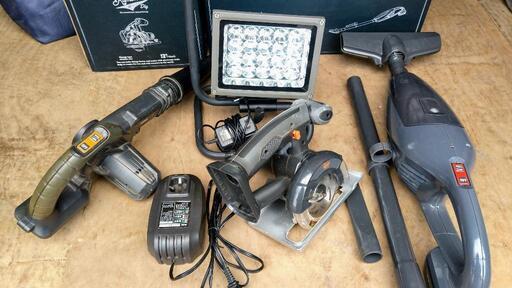
新入荷再入荷
(実生5年)多頭10個 パキポディウム グラキリス×マカイエンセ ハイブリッド
 タイムセール
タイムセール
終了まで
00
00
00
999円以上お買上げで送料無料(※)
999円以上お買上げで代引き手数料無料
999円以上お買上げで代引き手数料無料
通販と店舗では販売価格や税表示が異なる場合がございます。また店頭ではすでに品切れの場合もございます。予めご了承ください。
商品詳細情報
| 管理番号 | 新品 :00626729 | 発売日 | 2024/11/26 | 定価 | 14,399円 | 型番 | 00626729 | ||
|---|---|---|---|---|---|---|---|---|---|
| カテゴリ | |||||||||
(実生5年)多頭10個 パキポディウム グラキリス×マカイエンセ ハイブリッド
パキポディウムの中でも大人気のグラキリスとマカイエンセの交配種です!徒長もなく育っております。多頭タイプで水をかけるとトゲが赤くなり、塊根部分は緑色になり、コントラストがかなりカッコ良く水やりが楽しみになります!笑これから成長期に入りますので成長が楽しみな株です。出品中の物とセット購入で700円~引きします!是非ご相談くださいませ。抜き苗でさらに300円引き!(抜き苗はトゲ折れ、落葉がおこりやすい旨ご了承下さい)安心の補償付きメルカリ便で鉢ごと発送します。パキポディウム グラキリス アガベ チタノタ オトンナ ユーフォルビア チレコドン パキプス ペラルゴニウム 観葉植物 アデニウム 多肉植物 実生 デンシカウレ 恵比寿笑い 恵比寿大黒※プロフィールを必読くださいませ



























